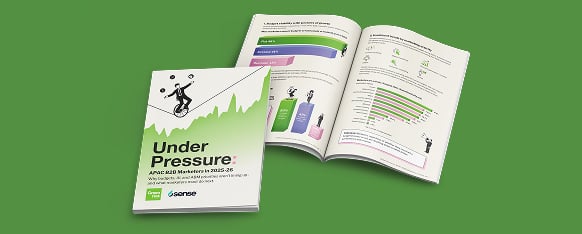We’ve all been there… that email you spent hours crafting, that limps sadly back into your inbox without reaching its destination.
Email bounces are a part of life, especially for businesses who regularly use the channel to communicate with customers or woo newcomers.
But there are some simple steps you can take to improve your deliverability rates, boost program performance and banish that bounce.
When an email bounces, the details of why the bounce happened are housed within the contact’s activity log. Extract this information then put measures in place to keep your send list ‘clean’ and avoid that mistake a second time.
Related: Seven risks of poor data hygieneTypes of email bounces
Email bounces fall into two main categories – hard bounces and soft bounces.
Hard bounces are broken down into two: spam emails and invalid emails
Spam bounces are emails that have been marked as spam by the recipient mail server. Many email servers monitor blacklists or spam traps, so after delisting with them, leads that have had a Category 1 bounce previously may be able to receive emails again.
Invalid bounces happen when an email address is invalid or doesn’t exist anymore (commonly, if someone has left a job).
Soft bounces come in three different varieties: temporary, technical and unknown
Temporary bounces are caused by full mailboxes, timeouts, or throttling. After these bounces happen, delivery is retried for 36 hours, so the email can still be received.
Technical bounces are caused by technical issues, transient failures, admin failures or DNS failures. Delivery isn’t usually reattempted.
Unknown bounces are created by an unknown error, undetermined or gibberish details. Delivery isn’t reattempted.
How to reduce email bounces
Spam – Because these are hard bounces, repeated sends will lead to being blacklisted from email servers, something you definitely don’t want! Set up your campaign so that if an address bounces three times registering as spam, it will be marked as suspended or blacklisted in your systems.
Invalid – Set up your campaign to send a forwarding email to an appropriate internal contact to validate the incorrect email address.
Soft – No matter the type of soft bounce you’re receiving, the best thing to do is to suspend the address from marketing communications for 30 days, then add them back into the pool. This way any temporary problems on the recipient’s side (full mailbox, internal server errors) should be rectified and the contact will receive an email on your next send.
We use these tactics for a number of our clients at Green Hat and watch their bounce numbers drop and deliverability rates surge. No more sad inboxes!
Discover how marketing automation can be your wing-man.
 Marketing Automation
Marketing Automation





